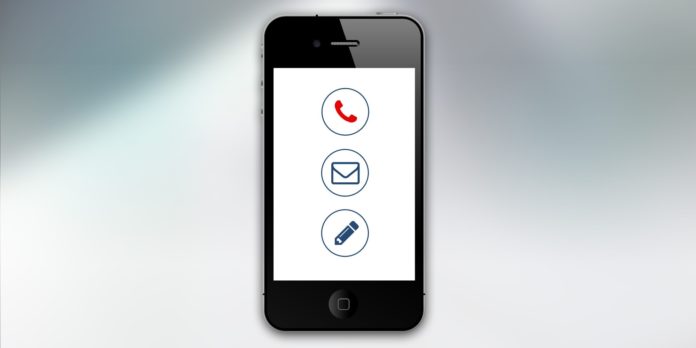
Returning Calls and Emails: The Art of Dealership Communications
At some point, most people have set out to make improvements on their homes. It might be for a new roof, or new pavement for a cracked driveway. Without any personal references, you might use a search engine to find “roofers near me,” which results in a few company names. You make a call, only to encounter voicemail, so you leave a message. You wait several days for a return call that doesn’t come. You think to yourself, “Perhaps he’s busy or he didn’t get the message.” You give him another ring and this time you get a human who reports that the (seemingly mythical) roofer is “out on a job.” The person offers to take a message, but once again you get no reply.
Frustrating, right? Days have passed, you simply want to get your roof or driveway done, and your first choice won’t call you back. What do you do next? You once again initiate a search for “roofers near me” and try the next company. While you’re at it, you might ask your friends on social media if they know a good roofer. Eventually, after weeks and a lot of aggravation, you find one. But what about that first guy? He had the chance to get your business. He popped up first on Google. He just couldn’t be bothered to return your call.
Why Is Returning Calls So Hard?
It seems like our voice mails go into a forgotten vortex most of the time. How hard is it to call someone back, particularly when they want your services? Isn’t that part of doing business? You’re about to drop $14,000 on a new roof. If a company can’t answer the phone when you’re trying to give them your hard-earned money, how well is the company going to respond to your questions or concerns during the actual re-roofing (or re-paving) process?
How Many Calls to Dealerships Go Unreturned?
Now imagine you’re a customer in the market for a car. You go online to Cars.com and find your dream car. You fill out the information on the site, hit “send” and receive a generic confirmation that your message was sent. Now, there’s nothing to do but wait to hear from someone. Shortly thereafter, you get a call from an associate, but you can’t answer it because you’re at work. You listen to the message and initiate a callback as soon as you get a chance. Once again, you encounter voicemail and leave a message.
You never hear back from them. Or, you connect with them and ask if the car is in stock. They promise to find out and call you back and – once again — you never hear from him or her again. At this point, you’ve wasted so much time and effort that it’s necessary to move on to the next dealership and hope you find one that will get back to you and answer all your questions.
The Epidemic of Not Calling Customers Back
Not calling customers back is a HUGE but often-made mistake sales people and managers make on a regular basis. Customers want answers and attention, and they want to know that a dealership is tenacious enough to follow up on leads. Even if you don’t have the answer to their question, call the customer to let him or her know you are working on getting an answer. This is also critical for the service department. People don’t necessarily expect instant answers, but they want confidence that their questions will eventually be answered.
Inbound Calls Are on the Rise
A recent study by CallSource revealed a massive spike in inbound phone calls to car dealerships in recent years. It may have something to do with customers using mobile devices or initiating calls directly from web sites or reviews. Whatever way they get to your number, customers’ expectations are rising that you to pick up the call, or — if a message is absolutely necessary — return the call promptly.
It’s important to be courteous, personable and attentive on the phone, but the most important thing to remember is to be prompt. Return customers’ phone calls. It’s as simple as that. Call them back. They want to hear from you. The longer they are made to wait, the greater the chance that they’ll defect to another dealership and you’ll lose the opportunity.
Don’t Ignore Your Emails
For customers shopping from desktop browsers, the dealership communications vehicle of choice is often email. Sales people and managers receive a lot of email from customers and prospects. Some customers prefer email because they want to communicate with you on their terms and not over the phone.
When you email with customers, it’s important to make sure your emails come across as professional and courteous. Emails from dealerships are often filled with spelling and grammatical errors, or overly-familiar abbreviations best left to personal text messages. This reflects poorly not only on the sales person, but also on the dealership. Poorly written emails could be a deterrent for a customer looking for competence from a dealer and confidence that the business is staffed by professionals.
Following are a few things to remember when emailing a customer:
- Use proper grammar, capitalization and punctuation;
- Be professional and courteous and don’t get too personal or familiar;
- Check over your responses more than once to proofread and make sure you’ve answered all the customer’s questions; and
- Respond in a timely manner.
Much of our business as auto dealers hinges on effective dealership communications between sales people and customers in a timely and professional fashion. If your dealership is missing the mark, consider implementing some training on correct and effective customer relations and interactions.












